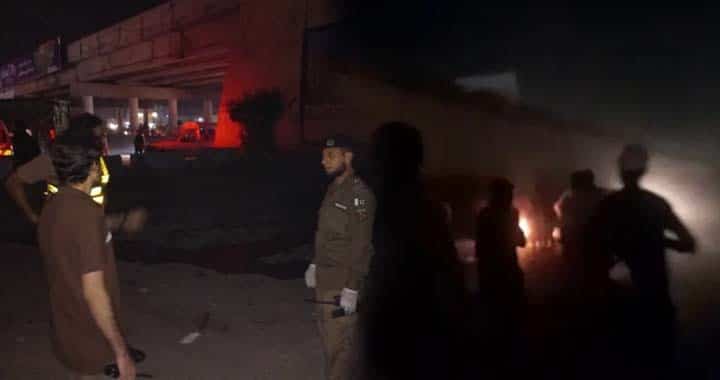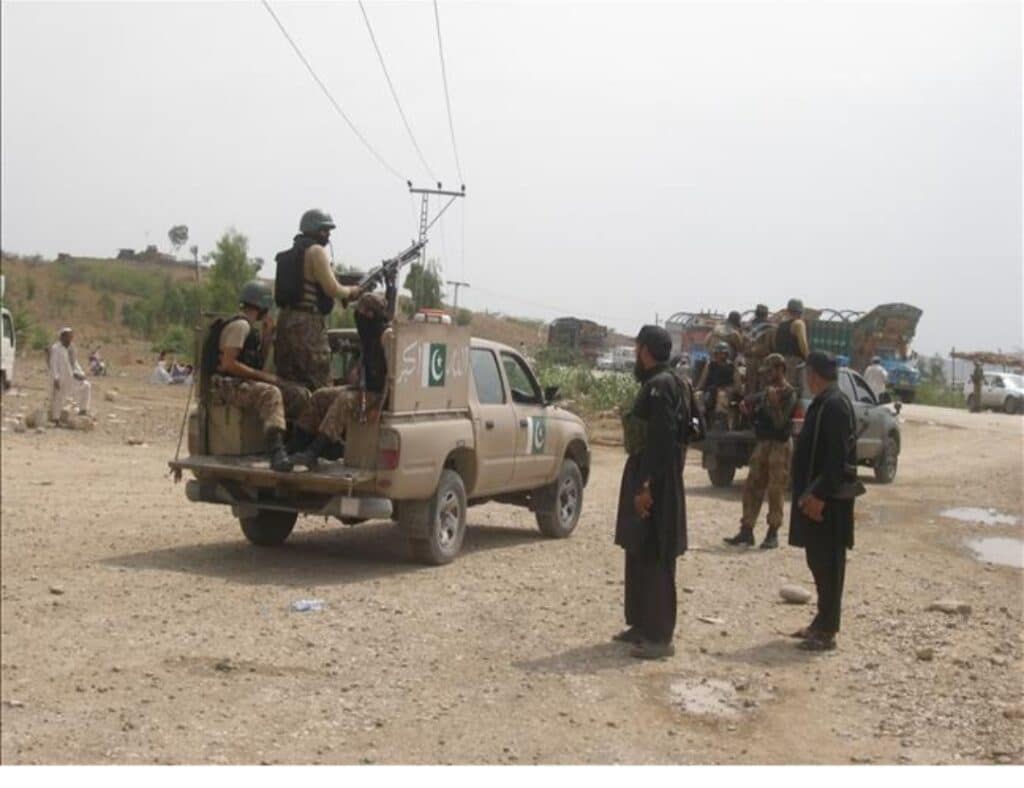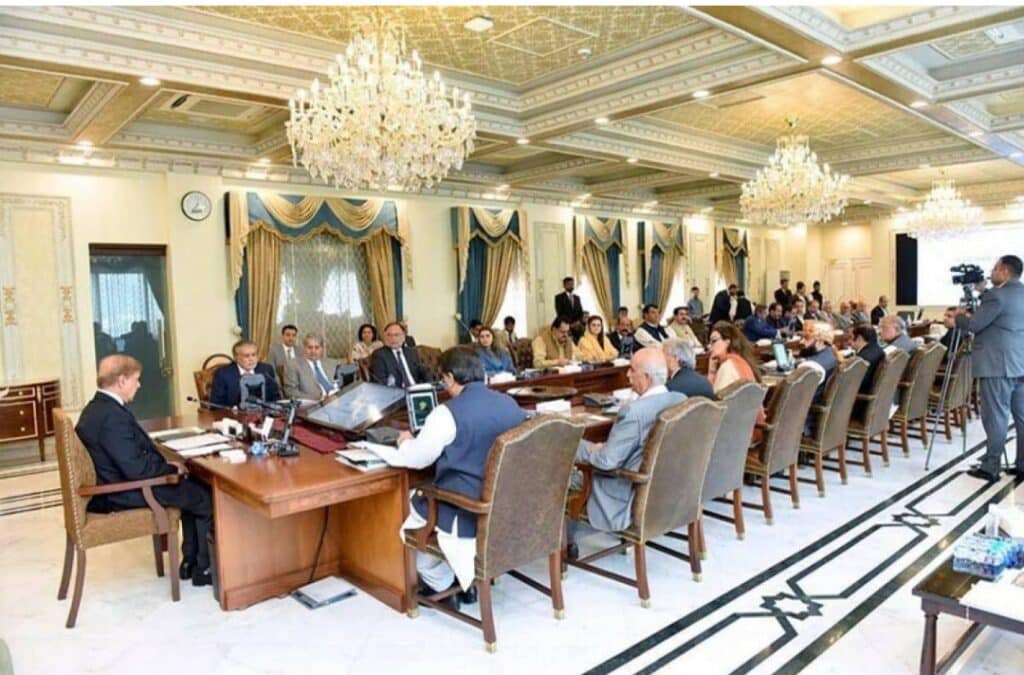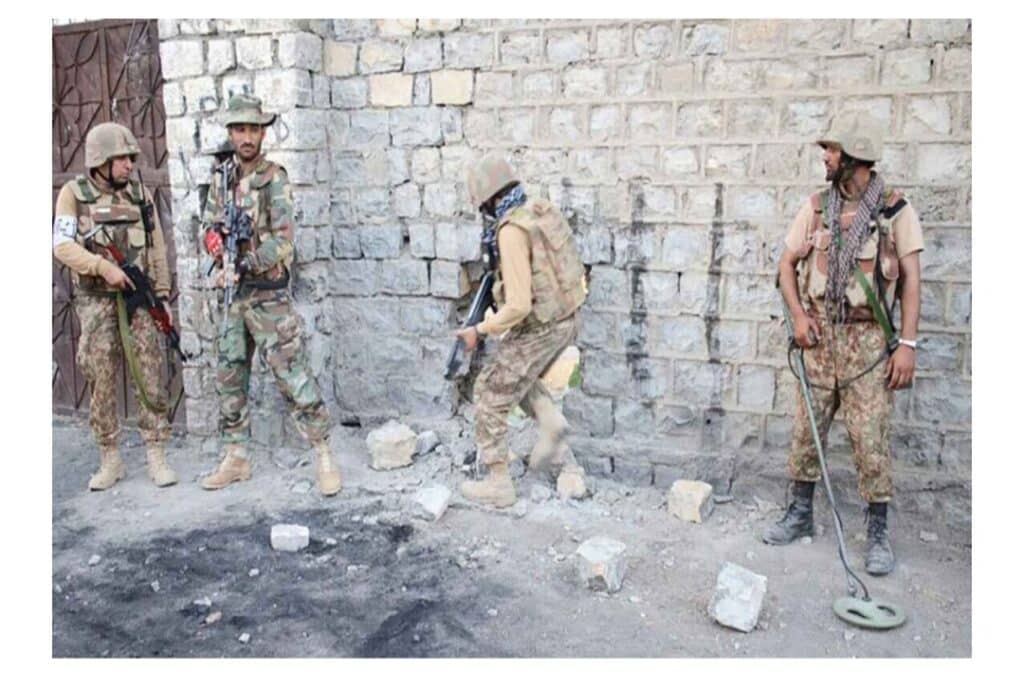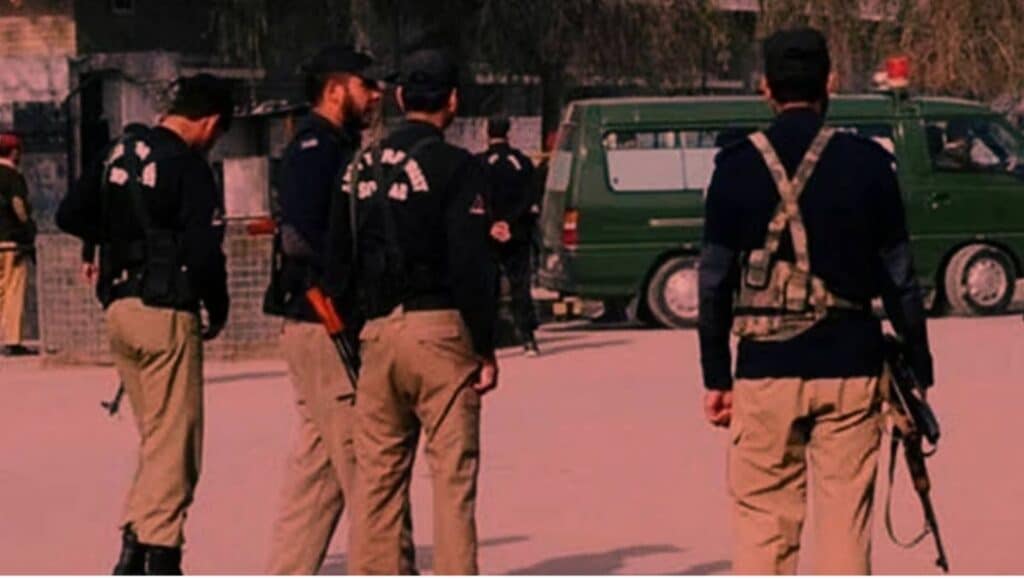The tribal district of Bajaur has recently seen major counter-terrorism successes, with a string of failed plots and exposed sabotage schemes by the terrorists of Fitna al-Khawarij (FAK). But these tactical setbacks have only emboldened the remnants of the network, forcing them to lash out elsewhere, this time, in Peshawar.
On a quiet day in the Garhi Qamardin area along Kohat Road, four police officers were injured in an improvised explosive device (IED) attack, once again bringing into focus the grave and evolving threat posed by FAK terrorists who remain determined to strike back, even when on the defensive.
According to SSP Operations, Masood Bangash, the IED was planted near a bridge and detonated remotely as a police patrol van passed by during its routine duties. The targeted officers, ASI Shah Faisal, Constables Sajjad and Noorullah, and driver Zia, were all wounded and rushed to the hospital for treatment. Their swift evacuation and survival are a testament to both the professionalism of the force and the resilience of those on the front lines.
Following the attack, a large contingent of police arrived at the scene, cordoned off the area, and launched a search operation in nearby localities to track down those responsible.
While the attack may seem like yet another incident in a long line of such occurrences, it is important to view it in its strategic context.
This was not merely a bomb on a roadside, it was a message. A retaliatory move from a terrorist faction increasingly cornered in the tribal belt, now attempting to shift its operational theatre to urban centres. It follows a familiar pattern: when terrorists are unable to execute large-scale attacks or sustain territorial control in frontier regions, they pivot to urban sabotage, targeting security forces to regain visibility, assert relevance, and erode public confidence.
Yet, the attack failed in its deeper objective.
Instead of causing chaos or widespread fear, it has reinforced institutional resolve, triggering swift intelligence gathering, field action, and renewed counter-terror measures. The timely response by Peshawar Police, including area clearance and search operations, demonstrates that the state is no longer in a reactive posture, it is now proactive, collaborative, and intelligence-driven.
Moreover, the broader trajectory of counter-terror efforts across KP and former FATA areas, including the unmasking of IED stockpiles, tunnel networks, and proxy recruitment channels in Bajaur and beyond, shows that the ideological and operational infrastructure of FAK is under pressure like never before.
But this comes with its own set of risks.
As the noose tightens, desperation breeds unpredictability. Urban attacks such as the Peshawar bombing are designed not just to injure or kill but to seed fear, disrupt normalcy, and fabricate the illusion of resurgence.
The public, media, and political class must therefore respond wisely. Panic is precisely what FAK seeks, and denying it that psychological edge is just as important as denying it physical space.
What is urgently needed now is a multi-tiered approach:
Continued intelligence-based operations not only in tribal districts but in urban peripheries where sleeper cells may be active.
Public awareness campaigns, urging citizens to report suspicious activity and support law enforcement.
Narrative consolidation, where counter-terror wins are communicated clearly and confidently, preventing militants from monopolizing perception even in defeat.
Institutional reinforcement, especially for frontline police units who bear the brunt of these attacks. Their welfare, training, and equipment must be non-negotiable priorities.
And most importantly, until and unless Afghanistan’s safe terrorist havens are eliminated, it will remain extremely difficult, if not impossible, for Pakistan to eradicate the menace of terror, making regional stability precarious and posing a broader threat to global peace. This underscores the urgent need for a coordinated regional and international effort to press the Afghan Taliban to act against these sanctuaries.
But it also highlights how far we’ve come: from paralysis and reactive chaos to rapid response and localised containment.
Now, more than ever, we must not let our guard down.
The war is no longer about territory alone, it is about narratives, networks, and resilience. And in that war, every IED defused, every life saved, and every cell dismantled is not just a tactical win, it is a strategic victory in defence of Pakistan’s future.

